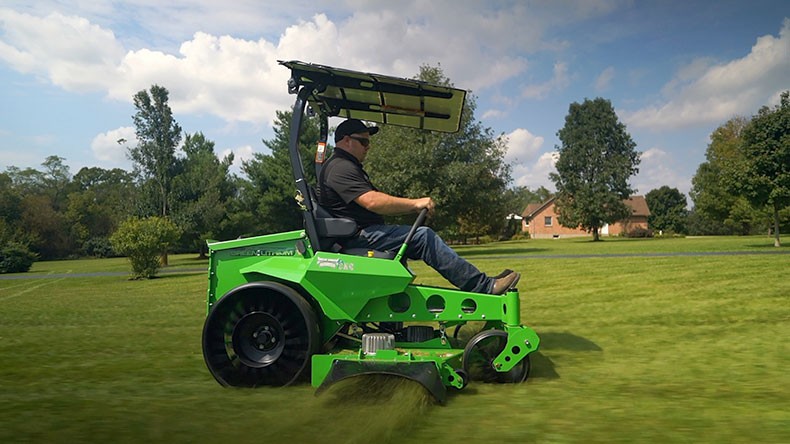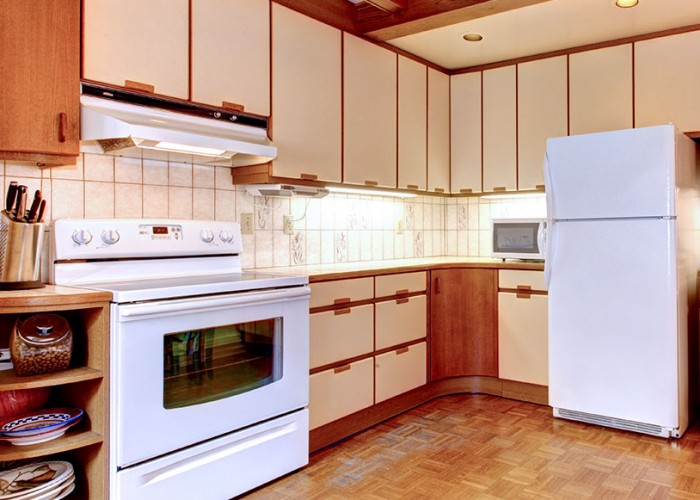Going Electric on Larger Acreage
Benefits of battery-powered lawn equipment
By Jonathan SusserMean Green Products Inc.
Q: I’ve seen a lot of electric lawn mowers on the market, but most seem better suited for smaller lawns. Are there battery-powered options available if I have more acreage to maintain?
A: With maintaining large lots of land, the most pressing concern is likely having equipment that lasts long enough and has sufficient power to get the job done. While battery-powered lawn mowers keep arriving and growing in popularity, the majority have been of the walk-behind or robotic variety for smaller acreage.
Battery-powered riding mowers, however, have been around for a few years, and they continue to improve and grow in number. Today, you can find examples that compete with gasoline versions for a variety of uses, with rear engine riding mowers, lawn tractors and zero turn mowers all going electric.
Current residential models can last upwards of 2.5 hours and cover over three acres on a single battery charge. Charging is easy and uses a standard 120-volt outlet, though it can take several hours. The amount of time needed will ultimately be determined by a number of factors, including the size of the battery, the level of charge of the battery when it’s first plugged in and the ambient temperature. Depending on the type of battery used by the equipment, manufacturers may recommend that you leave the mower plugged in at all times when it’s not in operation, so be sure to consult the user manual.
Commercial-grade battery-powered riding mowers are also available. These come in even larger sizes and can run for over seven hours and cover dozens of acres.
The benefits you’ll see with battery-powered riding mowers are mostly the same as you would experience with battery-powered versions of other lawn equipment:
- Easy Maintenance: No starting difficulties and no belts, spark plugs or filters means less time maintaining your machine and more time getting work done.
- Quiet Performance: Battery-powered riding mowers produce significantly less noise and vibration than their gas-powered counterparts.
- Lower Operating Costs: The upfront cost of battery-powered residential riding mowers is in the range of $1,000–$1,500 higher than similar gasoline versions. But with reduced maintenance and fuel costs, they are cheaper to operate.
- Cleanliness: Battery-powered riding mowers produce no exhaust or emissions, and there’s zero gasoline to deal with, so they’re cleaner for you and the environment.
As with any larger purchase, it is helpful to do your research. Read reviews, check out frequently asked questions, compare warranties and watch videos to learn more about the different offerings.
Also, consider your situation. For example, how much ground you need to cover will likely influence what size battery you’ll be looking for. The information to home in on is watt hours, which can be thought of as the “gas tank” of battery-powered equipment. If it’s not listed, the watt hour (Wh) rating of a battery can be obtained by multiplying its voltage and amp hours (Ah); the more watt hours, the longer the runtime.
If you’re in the market for additional equipment to complement your mower, be on the lookout for battery-powered models of trimmers, leaf blowers, chainsaws and more. To save money and space, the batteries of these smaller tools can often be used across products if you buy from the same manufacturer, so keep that in mind as you’re shopping around.
-
More On the House
-
Share this story:







